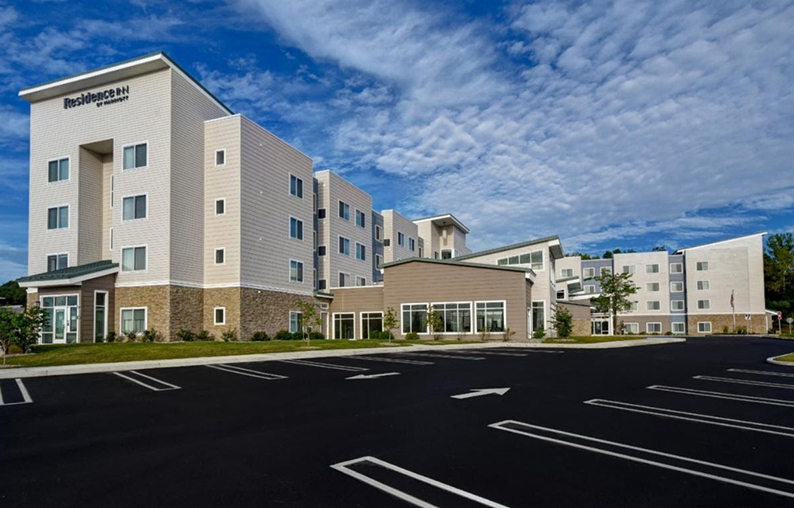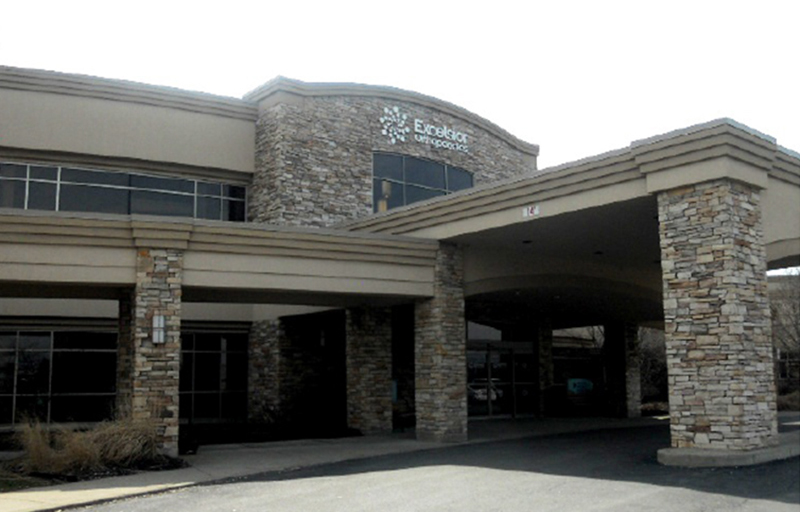News:
Finance
Posted: April 7, 2020
SBA Issues New Guidance on Paycheck Protection Program - by Joseph Most, J.D.

Last night, the Small Business Administration (SBA) published additional guidance relating to the Paycheck Protection Program (PPP) in the form of FAQs. To date, this is the most clarity that the SBA has provided relating to this new lending program and lands favorably on many of the most significant unresolved issues plaguing would be borrowers.
CLICK HERE to view the FAQ, and a summary of the key takeaways is below:
- The $100,000 cap on compensation per employee officially applies only to salary. Any additional benefits included in payroll costs (i.e. employer group retirement, medical or state and local taxes) can increase payroll costs for any given employee over the $100,000 cap.
- The FAQ clarifies that both the prior 12-month period and 2019 calendar year are allowable measuring periods for purposes of calculating the loan amount as well counting employees to determine eligibility.
- Withholding tax payments are directly addressed in the FAQ. It clarifies that taxes withheld on behalf of the employee (i.e. income tax, FICA) do not reduce payroll costs and that the calculation should be done on a gross wage basis. Additionally, the FAQ states that employer-side payroll taxes are excluded from payroll costs under the PPP.
- Both payments made to independent contractors and sole proprietors do not count as payroll costs of the payee. Once again, the SBA states that these individuals should apply for their own loan, if eligible. The FAQ fails to mention payments made to eligible self-employed individuals, which we construe to fall within the aforementioned categories.
- As discussed in our most recent alert on the PPP, the recently released Interim Final Rules by the SBA indicated that, among other specified ineligible businesses, businesses primarily engaged in rental real estate were not eligible for PPP loans. While last night’s FAQ guidance clarified that, in addition to small business concerns as historically defined under SBA rules, businesses with fewer than 500 employees would be eligible as well, it does not go so far as to say specifically that rental real estate nor any other normally ineligible business qualifies. We do not believe this is the last word from the SBA on rental real estate eligibility and feel further clarification is warranted before potential borrowers should proceed.
- Borrowers can include payroll contracted through a third-party payer (i.e. payroll providers and PEOs) in its loan calculation. The FAQ clarifies that the borrower must be able to provide documentation from the third-party to support the payroll amounts in the form of employment tax returns or, if not available, a statement from the payroll provider documenting the amount of wages and payroll taxes paid on the borrower’s behalf.
- Lenders can use their own online systems and applications to process loans requests so long as they ask for the same information as the SBA Borrower Application. Borrowers that submitted applications prior to the issuance of this new guidance may, but are not required to, amend their applications if not already processed.
Joseph Most, J.D., is a principal in the Tax Department at Berdon LLC, New York, N.Y.
Tags:
Finance
MORE FROM Finance
Affinius Capital and Kennedy Wilson provide $78 million and $306 million loan to develop Harborside 8
Jersey City, NJ Affinius Capital and Kennedy Wilson closed on the financing for the ground-up development of Harborside 8, a multifamily project located on the waterfront. The capitalization includes $78

Quick Hits






.jpg)


.jpg)